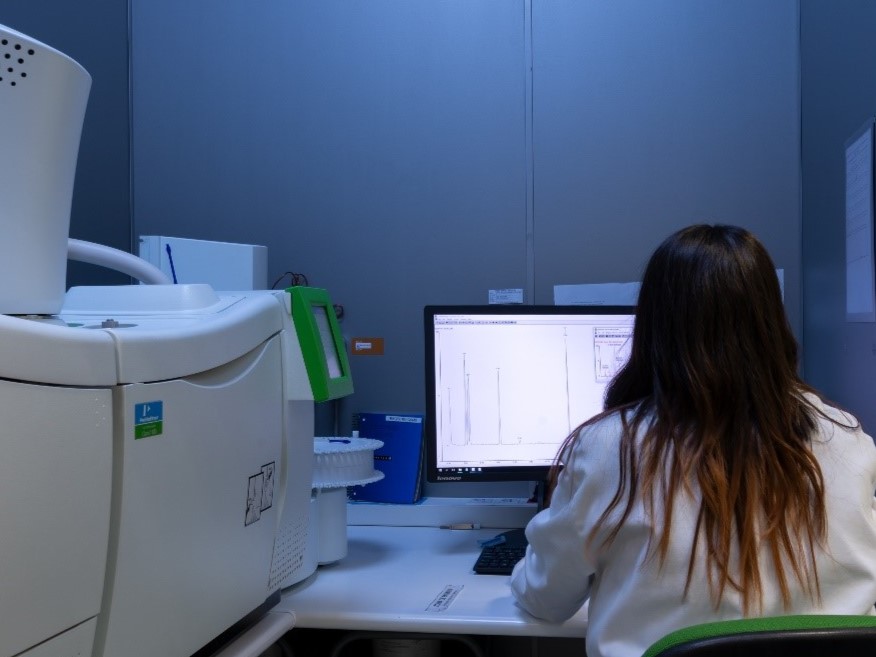What was the challenge or problem to solve?
The development of consumer-safe products is a fundamental pillar in the chemical industry. In this context, we faced a challenge when it was believed that certain paints and varnishes could be the source of harmful compounds identified during the production process by our client. If this hypothesis was confirmed, the client urgently needed to modify the product formulation to ensure product safety according to the VLA-ED regulation.

The objective of the project carried out by the Materials team was to precisely identify which component of the paint formulation contributed most to the presence of emissions. The project’s success would be measured by our team’s ability to detect the substances of interest, allowing the client to improve the formulation.

The methodology adopted to address this challenge began with the receipt and proper handling of paints and varnishes samples. The Forensic Engineering team conducted a series of analyses and specialized techniques to prepare the samples, ensuring they could be effectively analyzed for the detection of volatile organic compounds (VOCs).
Once prepared, each sample was placed in a micro-chamber designed to extract and concentrate these compounds. The next step involved capturing the extracted VOCs in an absorbent tube, specifically tenax, which is widely recognized for its effectiveness in retaining the substances to be analyzed. The critical phase of the project involved the qualitative analysis of the captured compounds using gas chromatography, a technique that allows for detailed identification of the components.
Finally, the interpretation of the obtained data was crucial. This analysis not only allowed the identification of the problematic component but also quantified the concentration of the compounds. As a result, the client was recommended a safer alternative for that specific component, significantly reducing emissions and therefore consumer risks.

